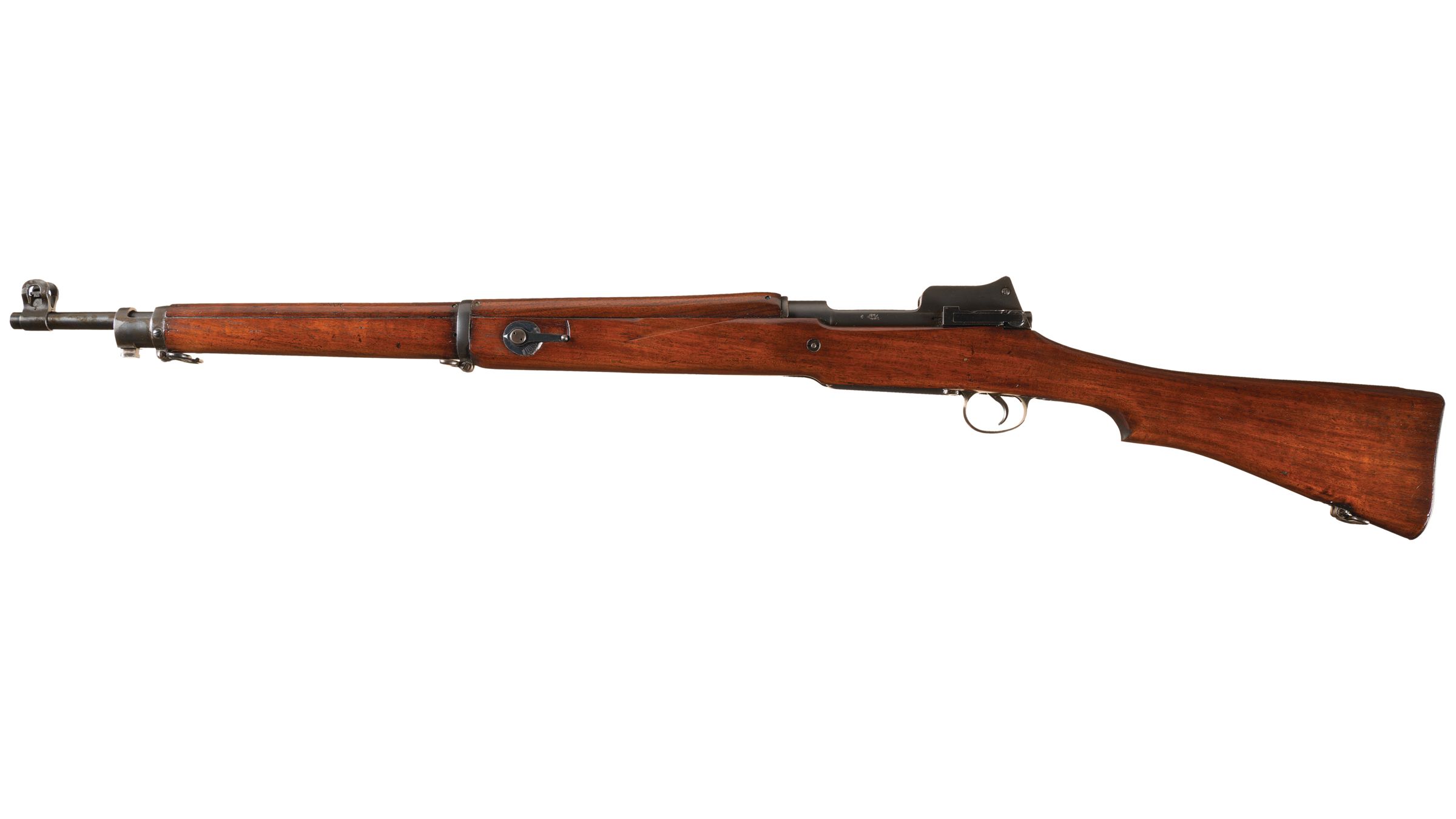

Although officially replaced in the UK with the L1A1 SLR in 1957, it remained in widespread British service until the early/mid-1960s and the 7.62 mm L42A1 sniper variant remained in service until the 1990s.

The Lee–Enfield was the standard issue weapon to rifle companies of the British Army, colonial armies (such as India and parts of Africa), and other Commonwealth nations in both the First and Second World Wars (such as Australia, New Zealand, South Africa, and Canada). 303 British cartridge manually from the top, either one round at a time or by means of five-round chargers. It featured a ten-round box magazine which was loaded with the. The WWI versions are often referred to as the "SMLE", which is short for the common "Short, Magazine, Lee–Enfield" variant.Ī redesign of the Lee–Metford (adopted by the British Army in 1888), the Lee–Enfield superseded the earlier Martini–Henry, Martini–Enfield, and Lee-Metford rifles. The Lee–Enfield or Enfield is a bolt-action, magazine-fed repeating rifle that served as the main firearm of the military forces of the British Empire and Commonwealth during the first half of the 20th century, and was the British Army's standard rifle from its official adoption in 1895 until 1957. Fixed and adjustable aperture sights incorporated onto later variants Sliding ramp rear sights, fixed-post front sights, "dial" long-range volley telescopic sights on sniper models. Border Campaign (Irish Republican Army)ġ0-round magazine, loaded with 5-round charger clips.The Enfield Pattern 1853 Rifle-Musket (also known as the Pattern 1853 Enfield, P53 Enfield, and Enfield Rifle-Musket) was a. The term “Rifle-Musket” meant that the rifle was the same length as the musket it replaced, as a long rifle was thought necessary so that the muzzles of the second rank of soldiers would project beyond the faces of the men in front, ensuring that the weapon would be sufficiently long enough for a bayonet fight, should such an eventuality arise.ĥ77 calibre Minié-type muzzle-loading rifle-musket, used by the British Empire from 1853 to 1867, after which many Enfield 1853 Rifle-Muskets were converted to (and replaced in service by) the cartridge-loaded Snider-Enfield rifle. The 39" barrel had three grooves, with a 1:78 rifling twist, and was fastened to the stock with three metal bands, so that the rifle was often called a "three band" model. The rifle's cartridges contained 68 grains (4.4 g) of black powder, and the ball was typically a 530-grain (34 g) Pritchett or a Burton-Minié, which would be driven out at about 850–900 feet per second.


 0 kommentar(er)
0 kommentar(er)
